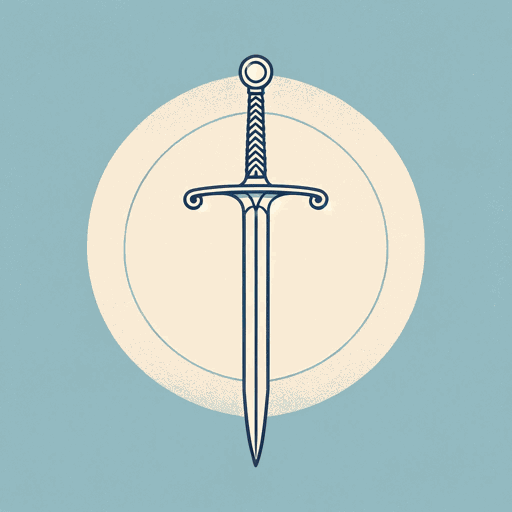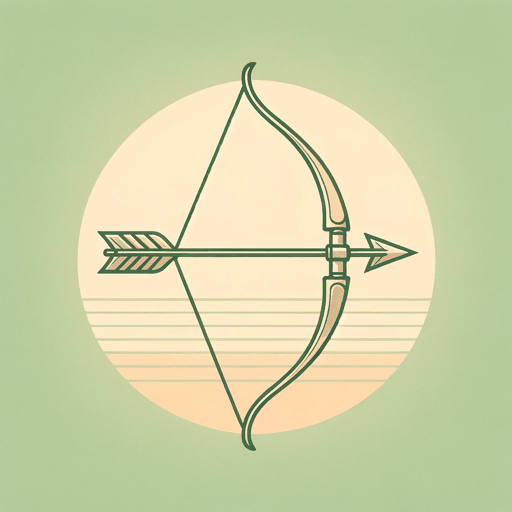85 pages • 2 hours read
Roger Lancelyn GreenKing Arthur and His Knights of the Round Table
Fiction | Novel | Middle Grade | Published in 1953A modern alternative to SparkNotes and CliffsNotes, SuperSummary offers high-quality Study Guides with detailed chapter summaries and analysis of major themes, characters, and more. For select classroom titles, we also provide Teaching Guides with discussion and quiz questions to prompt student engagement.
Themes
Knightly Codes and Oaths of Virtue
Central to every character’s actions is the acceptance or rejection of Logres’s knightly codes of conduct, which teaches knights to uphold the virtues of justice, loyalty, temperance, piety, bravery, honesty, and courtesy. Establishing this code—named the Order of Chivalry—brings peace to Logres and ensures loyalty through faith rather than fear. The knights’ oaths prevent unnecessary violence in the realm by placing mercy as the foremost means of conflict resolution. The knights grant mercy to wrongdoers who ask for it, and the spared men dedicate themselves to King Arthur. The Green and Blue Knights from Gareth’s quest pledge a combined 150 followers to Camelot in thankfulness of Gareth’s mercy. The code distinguishes Arthur’s reign from others who rule through fear, like King Ryon and Mordred who “burn and slay” (25) to secure obedience. The shining virtue of Arthur’s knights attracts loyalty and reverence, even from some Saxons, Britain’s sworn enemies.


